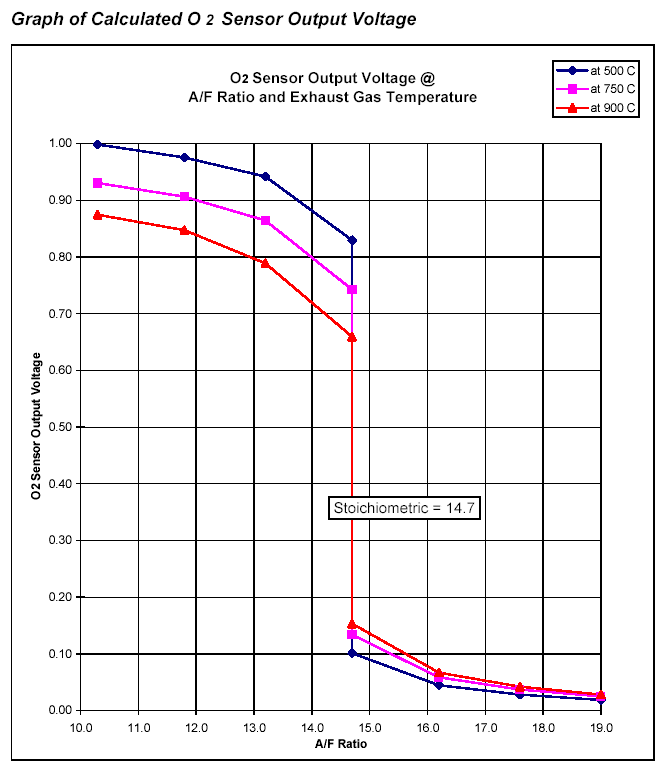If it's the kind of gauge that's made up of LEDs that illuminate sequentially, then I'd bet it's pretty accurate and reliable, regardless of the brand.
Grounding is critical with this kind of sensitive instrumentation. Don't ground the gauge to the nearest bare metal - any potential difference in the ground will influence the gauge's reading. Run a dedicated grounding wire from the gauge to the engine block.
On the OEM fuel injection system, in closed loop operation, the ECM will consistently enrich and enlean the mixture to stay around the stoichiometric point. The gauge will bounce between rich and lean in closed loop.
You have a carb. It's entirely possible that the AFR is almost always richer than stoichiometric - so don't expect it to bounce around like EFI.

The narrowband oxygen sensor is only really useful for telling you one of two possibilities:
1. Richer than stoichiometric
2. Leaner than stoichiometric
A "rich" reading on a narrowband sensor could mean either:
14 AFR which can be normal during cruising around
OR
10 AFR plug fouling rich
You don't really know... Take a look at the effect of temperature on the sensor output voltage...



















